A recent discovery in Antarctica has scientists worried that the world has reached unprecedented levels of heating. Warm water has been sneaking in between large glaciers, causing land masses to separate.
The worrying new information comes at a time when global warming has hit its boiling point. Now, ground-based ice threatens the globe with massive weather events in the case of high levels of melting.
Ice Sheets Are Melting in New Ways
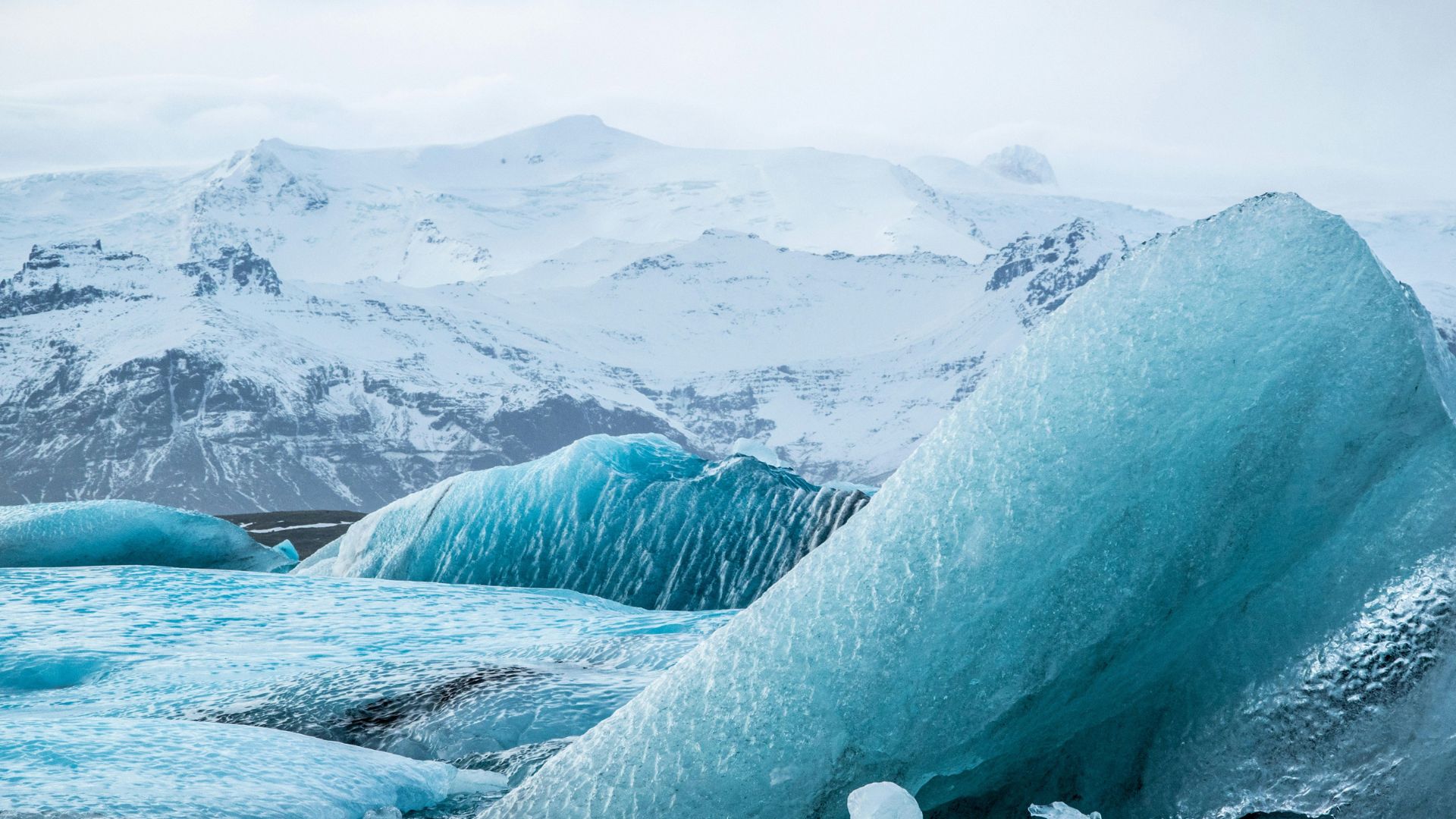
Until recently, it was thought that ice sheets melted from above. Warm air moving through the north and south poles heated glaciers and ice sheets on land and caused them to melt into oceans. But new information adds a level of fear to the growing climate emergency.
Scientists at the South Pole have just discovered that warm sea water laps against the underside of ground-based glaciers and ice, which causes them to melt and crack.
Who Made the Groundbreaking Discovery?
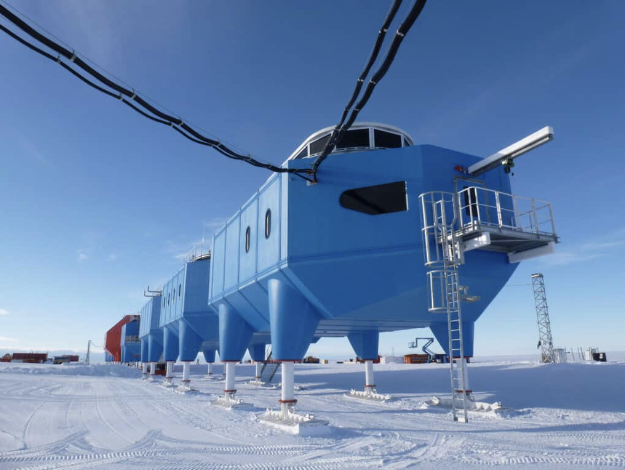
Researchers at the British Antarctic Survey (BAS) built on previous research showing how warm ocean water can create large distances between ice sheets.
In recent months, the Thwaites Glacier, located on the western tip of Antarctica, caught the eye of universities and scientists involved with global warming research. It was discovered that the Thwaites pose an immediate threat if melting continues on the same trajectory.
Localized Melting Causes Massive Damage

The issue occurring around the southern continent shows that warm ocean water can infiltrate small cracks in ground ice and create large cracks.
Researchers coined “localized melting” to show how calculated the cracks can become. The process lubricates the ice bed and influences how fast the ice can slide toward the sea.
Why Is This a Big Deal?
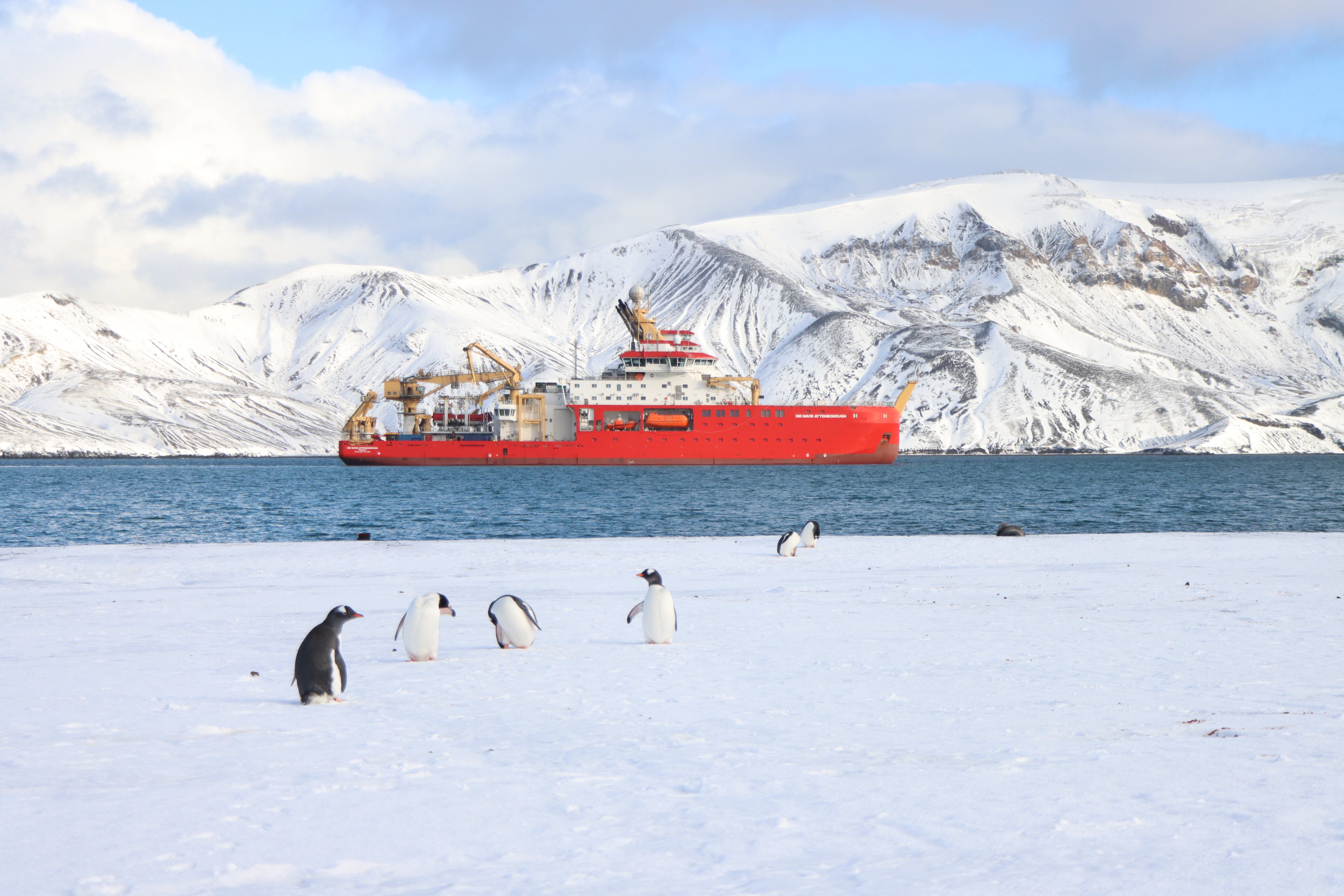
The issue with fracturing ice sheets comounds a growing issue with climate change. As more ice melts into the water, sea levels rise and cause massive weather events.
However, the melting of ice isn’t the only issue now. When the ice sheets break off and land in the ocean, they also displace millions of gallons of water and contribute rapidly to the issue.
BAS Released a Statement on Their Findings
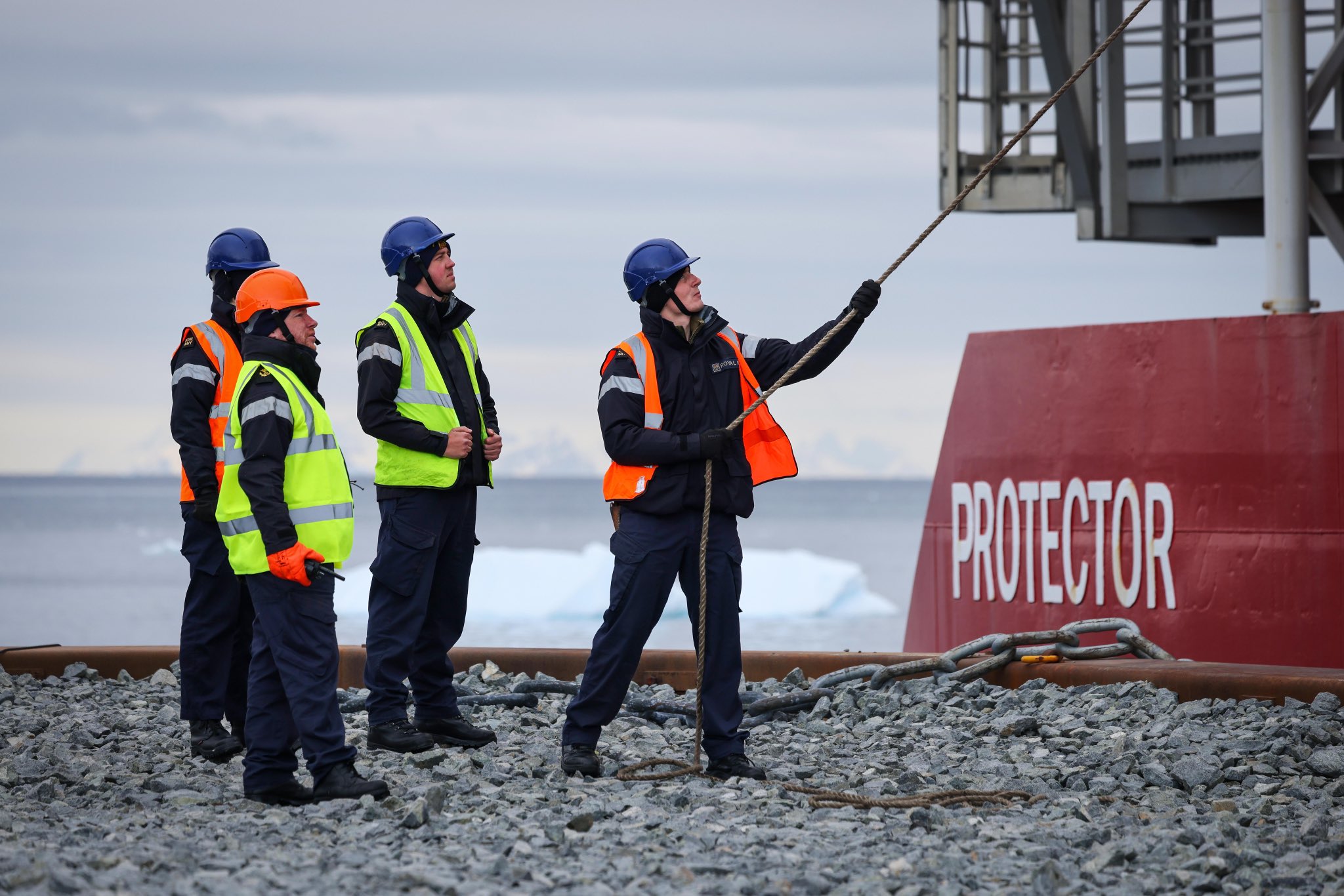
Alex Bradley, a lead study author and BAS ice dynamics researcher released a statement regarding the group’s troubling findings.
He claims that, “Ice sheets are very sensitive to melting in their grounding zones. We find that grounding zone melting displays a ‘tipping point-like’ behaviour, where a very small change in ocean temperature can cause a very big increase in grounding zone melting, which would lead to a very big change in flow of the ice above it.”
Antarctica Was Thought To Be More Stable Than the North Pole
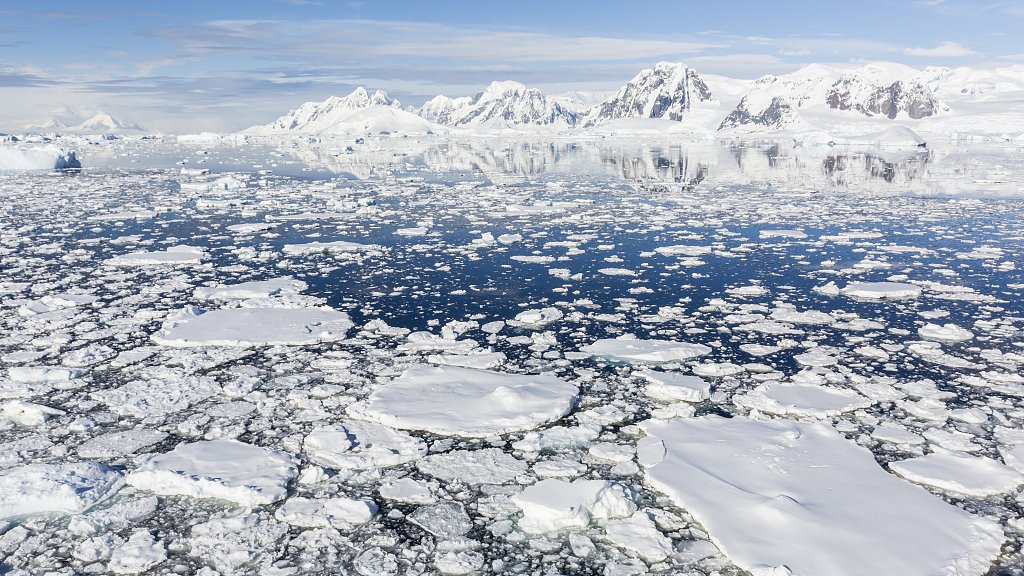
Until recent years, researchers and climate scientists were almost wholly obsessed with the melting occurring in the northern hemisphere.
In the Arctic, polar ice caps have contributed to roughly 150 billion tons of water added to the oceans yearly. In comparison, ice in the southern hemisphere was thought to be much more stable and immune to rising global temperatures. Between 1978 and 2015, only a small portion of Antarctic sea ice melted.
Notable Decline in Ice Shelfs in Recent Years

Unfortunately, the stability of southern ice sheets recently cracked. Antarctic sea ice suffered a notable decline in the past decade.
The sea ice surrounding the south pole crashed to record low numbers. Now, on top of melting ice, scientists are faced with a growing trend of massive shelves of ice falling into the ocean and displacing even more water. The implications are dire for animal life, as they currently rely on a certain amount of ice to survive in the south.
Fears of a Global Heat Crisis

The globe is facing an extreme crisis in the coming years: heat. With the added water in the oceans and now ice shelves breaking off completely, heat and eroding shores stand to create some of the worst weather events in history.
Many say that heat will be the silent killer, as it is often overlooked by many. However, experts think that this year’s hurricane season will be one of the worst on record, and coastal regions like the Gulf of Mexico or Miami will face the brunt of the force.
New Research Shows How Countries Will Change

The information presented by BAS has severe implications for other ice-covered places like the Arctic and Greenland.
The north pole is expected to accelerate in ice melting soon, which will have detrimental effects on the planet. The changes will begin to affect people in all different climates and zones due to the constantly changing and aggressive weather patterns that warm water causes.
Assumptions of Sea Level Rise May Be off by Feet
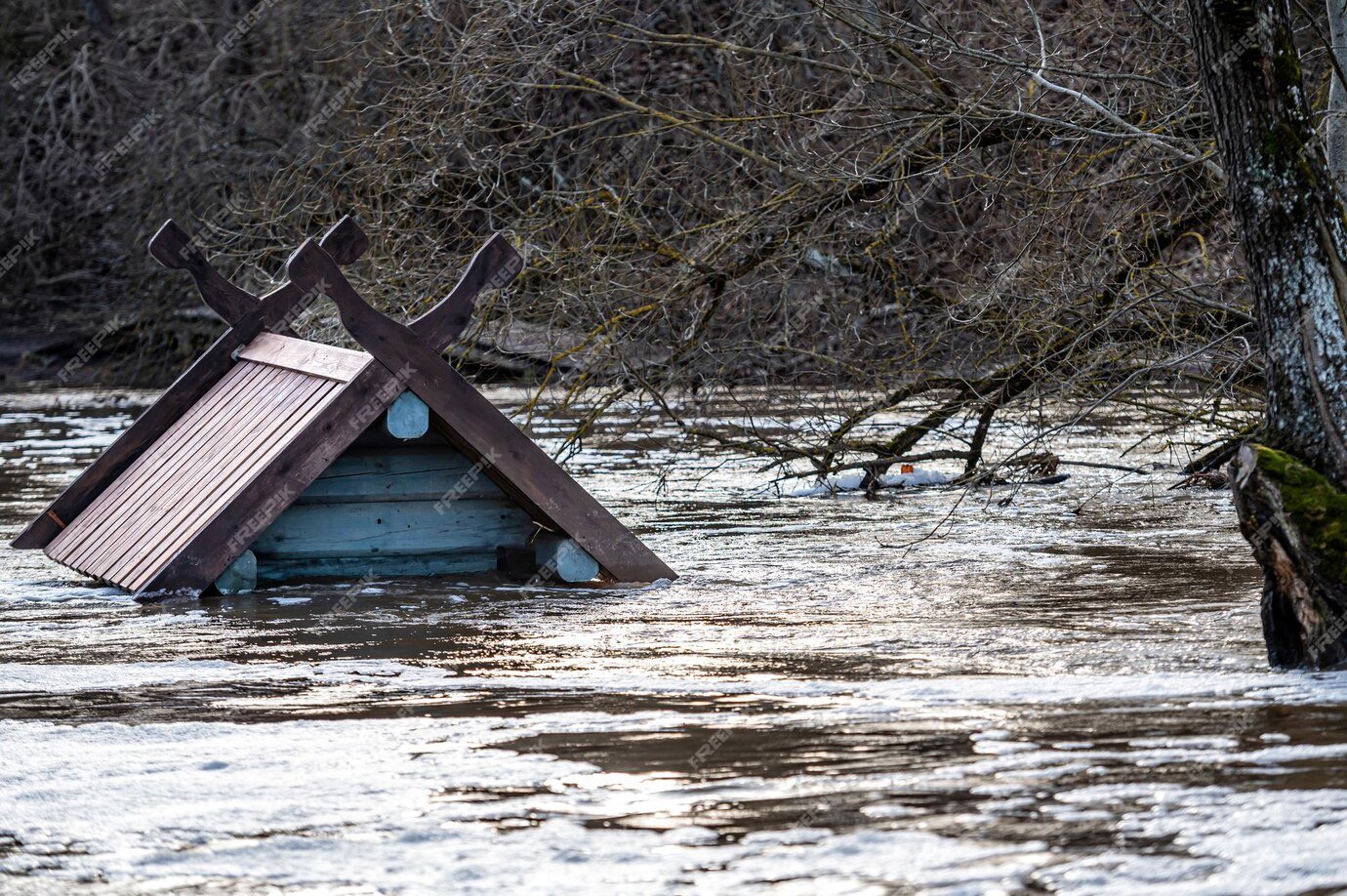
This past month, massive floods in central and coastal Florida are a stark reminder that rising sea levels will affect more than just beaches and faraway places.
By 2070, Miami is expected to suffer dramatically from a foot of ocean rise. However, now that ice sheets and glaciers are melting at accelerated rates in the south pole, those numbers may be too conservative.
More Research Is Needed To Understand the Phenomenon
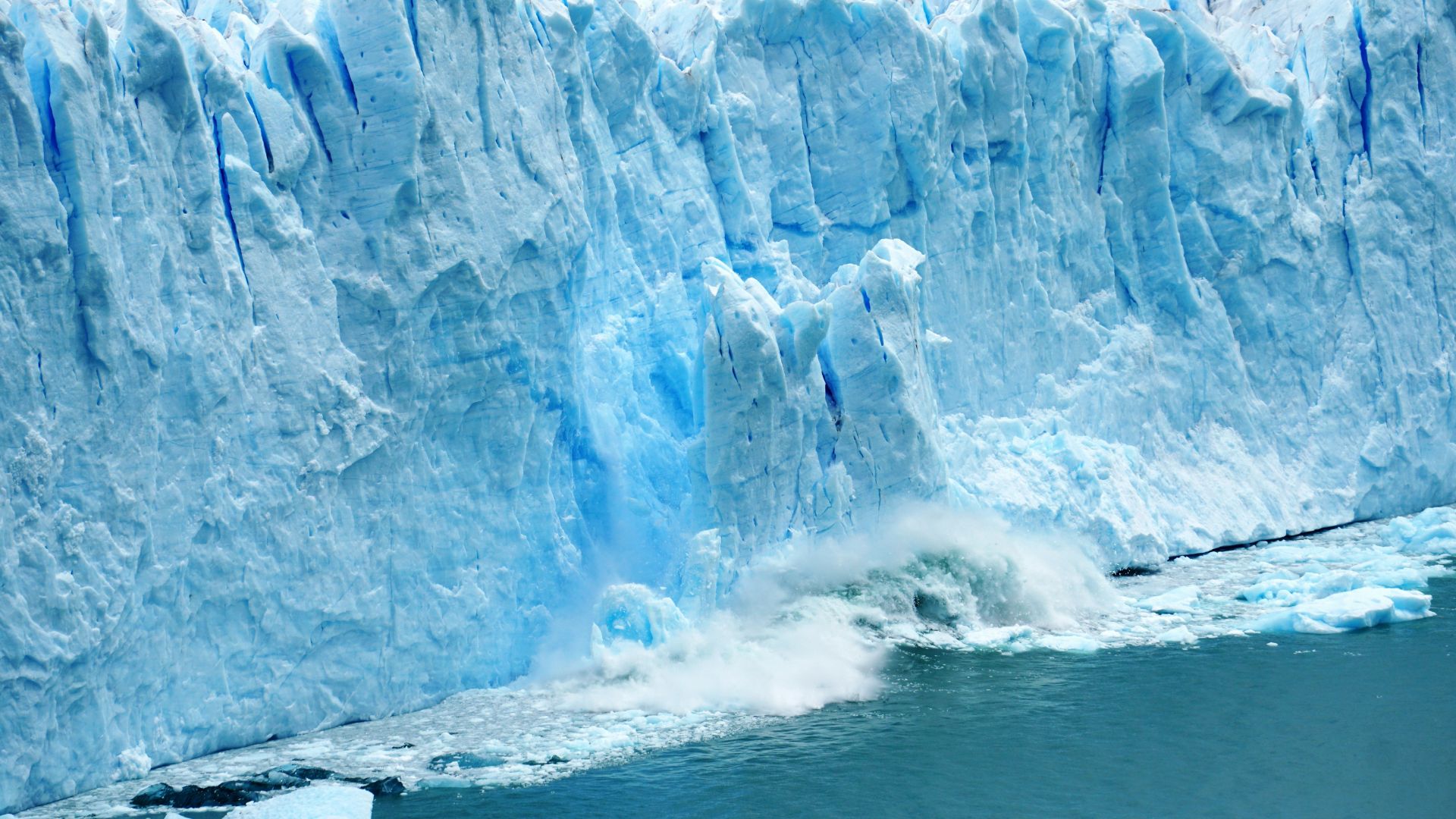
For now, the ice melting is occurring so far underground that researchers and scientists have no way to access a physical view of the phenomenon.
The team with BAS says that they are going to need to create new hypothetical models to understand the underground melting.








































